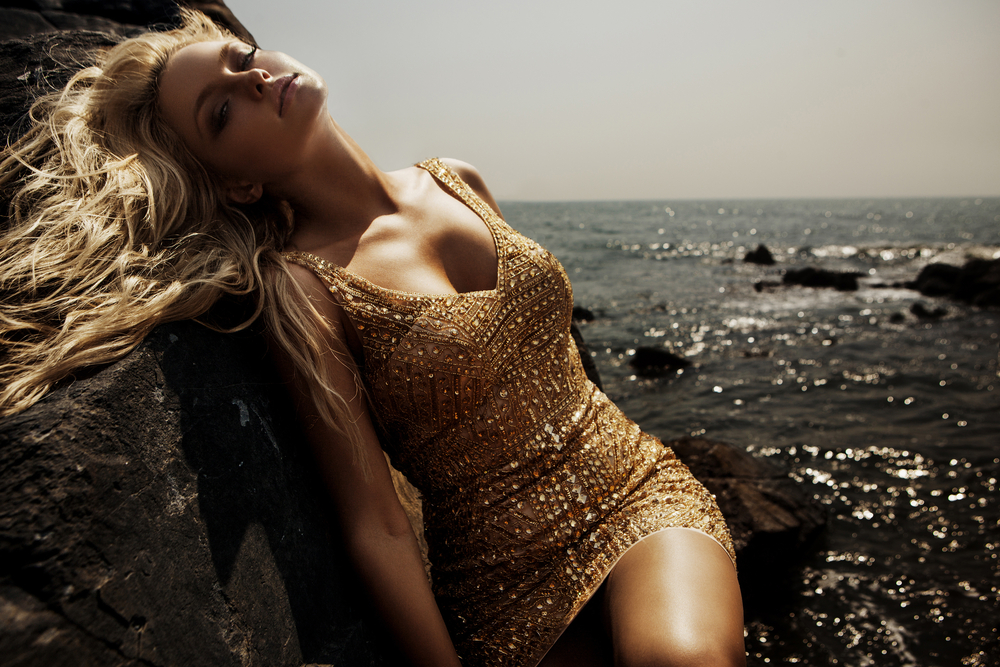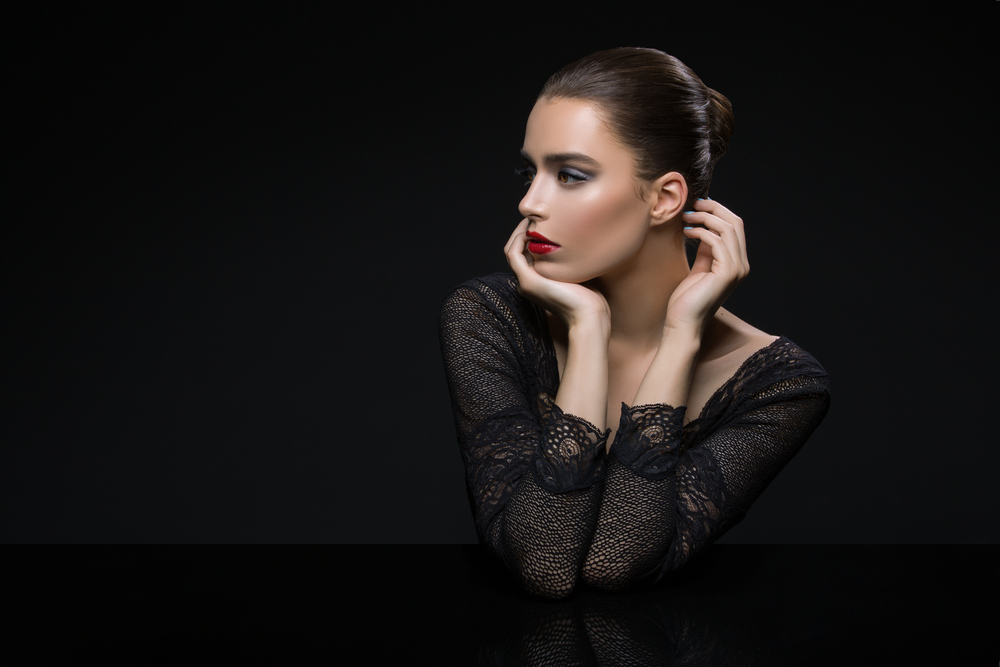
Unlocking Success: The Art of Modeling and Its Impact on Today's Fashion Industry

Introduction:
Fashion photography is an art form that relies heavily on the skills and creativity of both the photographer and the model. Models play a crucial role in showcasing the latest trends and designs, effectively translating an idea into a visual masterpiece. The art of modeling demands not only a captivating physical appearance but also exceptional skills in expressing emotions, adapting to different styles, and connecting with the audience. In this article, we will explore the significance of modelling in the fashion industry, particularly in photoshoots, and discover how it unlocks the door to success.
1. The Power of Visual Storytelling:
At the heart of fashion photography lies the ability to tell a compelling visual story. Models act as the vital link between the designer's vision and the target audience. Through their movements and expressions, models breathe life into garments, transforming them from mere clothing items into alluring works of art. The art of modeling allows designers to convey their intended message, whether it's portraying elegance, strength, or rebellion. Every pose, gesture, and facial expression is meticulously crafted to captivate and engage the audience, ultimately determining the success of a photoshoot.
2. Versatility and Adaptability:
A successful model possesses versatility and adaptability, seamlessly transitioning between various styles, moods, and themes. The ability to embody different characters or to evoke specific emotions is essential for capturing the essence of each fashion collection. Whether it's high fashion, streetwear, or avant-garde, the versatility of a model ensures that the photographer can produce an array of captivating images that cater to a broad audience. A talented model can transform themselves into a blank canvas, allowing the clothing to take center stage while still maintaining their unique presence.
3. Collaboration with the Creative Team:
While modeling may seem like an individual endeavor, it is far from it. In any photoshoot, models collaborate closely with a team of professionals, including photographers, stylists, hair and makeup artists, and art directors, to achieve the desired outcome. This collaborative effort requires open communication, adaptability, and the ability to take direction. Models act as a conduit between the creative team and the final image, ensuring that everyone's expertise contributes to a harmonious and successful outcome.
4. Setting Trends and Influencing the Industry:
Models hold significant influence in shaping the latest fashion trends and determining what is considered desirable. The modeling industry has seen a shift towards diversity and inclusivity as models from various backgrounds, body types, and ethnicities are celebrated and embraced. The success of models such as Ashley Graham and Winnie Harlow, who challenge traditional beauty standards, illustrates the industry's evolution. They inspire a new generation of aspiring models who can identify with their unique qualities, paving the way for a more representative and inclusive fashion industry.
5. The Impact of Social Media:
In recent years, social media platforms have revolutionized the way modeling is perceived and experienced. Models can now directly connect with their audience, build personal brands, and secure collaborations with fashion brands. Instagram, in particular, has become a crucial tool for models to showcase their portfolios, share their journeys, and connect with industry professionals. Social media allows models to exercise control over their careers, bypassing the traditional gatekeepers and successfully carving their own paths in the industry.
Frequently Asked Questions:
Q1. How do models prepare for a photoshoot?A1. Models prepare for a photoshoot by practicing various poses, researching the brand or designer, ensuring a well-maintained appearance, and mentally preparing themselves to bring the intended vision to life.
Q2. What qualities make a successful model?
A2. Besides physical appearance, successful models possess versatility, adaptability, professionalism, excellent communication skills, and the ability to take direction.
Q3. How does modeling impact body image?
A3. The modeling industry has made strides in promoting diversity and body positivity, showcasing models with a range of body types. However, challenges persist, so industry professionals need to continue promoting healthy body image standards.
Q4. Can anyone become a model?
A4. While physical attributes play a significant role, the industry now embraces a wider range of appearances. Aspiring models should focus on developing their skills, building a portfolio, and networking to increase their chances of success.
Q5. Will social media replace traditional modeling agencies?
A5. Social media has undoubtedly disrupted the industry, providing opportunities for self-promotion. However, traditional modeling agencies still play a crucial role in securing runway shows, editorial spreads, and high-profile campaigns.
Conclusion:
The art of modeling holds immense power in shaping the fashion industry and creating visually striking images. Models act as the canvas on which designers and photographers bring their visions to life. Through their versatility, adaptability, and collaboration with the creative team, models ensure that each photoshoot becomes a resounding success. With the evolution of social media, models now have a unique platform to connect with the audience, challenge beauty norms, and set trends. As we continue to witness the transformation of the modeling industry, one thing remains clear: models will always be the driving force behind fashion's visual storytelling.
Other useful resources
- https://en.wikipedia.org/wiki/Category:Models_by_modeling_agency
- https://en.wikipedia.org/wiki/Category:Modeling_(profession)
- https://en.wikipedia.org/wiki/Category:Modeling_agencies